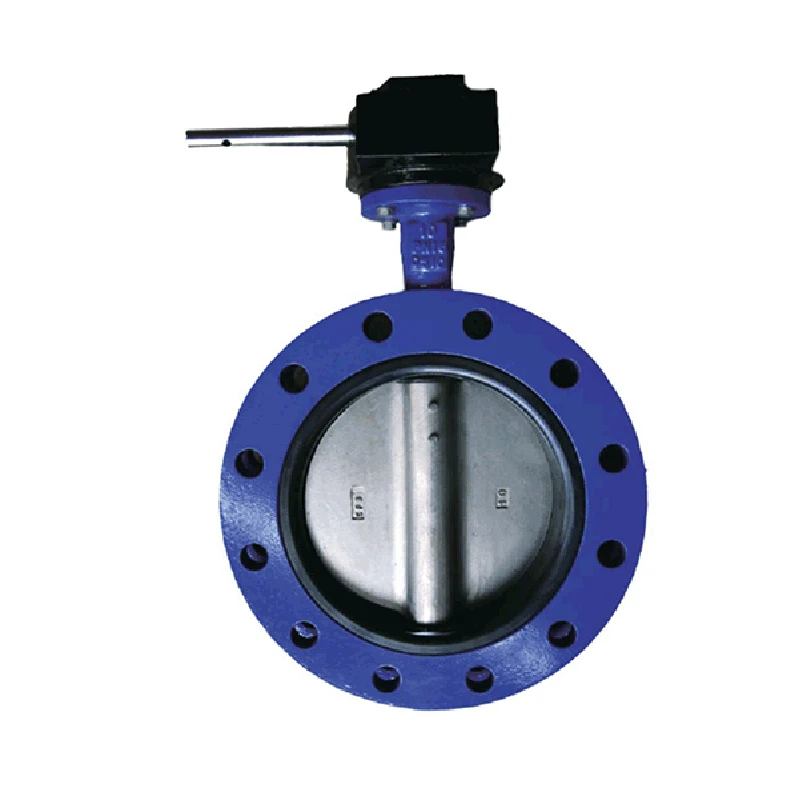10 月 . 05, 2024 18:22 Back to list
rubber expansion joint flange type
Understanding Rubber Expansion Joint Flange Types
Rubber expansion joints are essential components in various piping systems, designed to absorb movements caused by thermal expansion, vibrations, and misalignments. Among the various configurations of rubber expansion joints, the flange type stands out due to its versatility and ease of installation. In this article, we will delve into the characteristics, applications, and advantages of rubber expansion joint flange types.
What Are Rubber Expansion Joints?
Rubber expansion joints are flexible connectors made from durable rubber materials, often reinforced with fabric or metal to enhance their strength and longevity. They serve as compensatory elements that can accommodate axial, lateral, and angular movements in piping systems, ensuring the integrity and functionality of the overall structure. The flange type specifically features a flange at each end, allowing for easy bolting to existing pipeline flanges.
Characteristics of Flange Type Rubber Expansion Joints
1. Flanged Ends Unlike other designs, which may require clamps or other fastening methods, flange type expansion joints come with pre-drilled flanges, making them compatible with standard industrial piping systems.
2. Material Composition These joints are typically made from various grades of rubber, such as EPDM, neoprene, or natural rubber, which offer different levels of resistance to temperature, pressure, and chemicals. This versatility allows for the selection of an expansion joint suited to specific operational conditions.
3. Flexibility One of the standout features of rubber expansion joints is their ability to absorb movement. This flexibility is essential in absorbing vibrations and preventing mechanical stress in the piping system, which can lead to premature failures.
4. Pressure Ratings Depending on the design and materials used, flange type rubber expansion joints can handle a wide range of pressures. It's crucial to select a joint rated for the specific pressure conditions of your system to ensure safety and functionality.
5. Size Variety Flange type rubber expansion joints are available in a variety of sizes and configurations, making them suitable for different pipe diameters and applications.
Applications
Rubber expansion joint flange types are commonly used in various industries, including
rubber expansion joint flange type

- Water and Wastewater Treatment They help to manage the movement caused by fluctuating water levels and temperatures in treatment facilities.
- HVAC Systems In heating, ventilation, and air conditioning systems, these joints absorb vibrations and accommodate movements caused by thermal expansion.
- Power Plants They are utilized in cooling water systems, steam lines, and other sectors where thermal and mechanical stresses are prevalent.
- Chemical Processing Flexible connections in pipelines carrying potentially corrosive materials benefit from the durability and chemical resistance of rubber joints.
Advantages
The advantages of flange type rubber expansion joints are numerous
1. Ease of Installation The flange design allows for straightforward installation, reducing labor time and costs.
2. Cost-Effectiveness Compared to metallic expansion joints, rubber options are often less expensive, making them an economical choice for many applications.
3. Noise Reduction The elasticity of rubber joints helps to dampen vibrations and noise in piping systems, leading to a quieter operation.
4. Reduced Maintenance With proper selection and installation, rubber expansion joints can provide long service life with minimal maintenance required.
In conclusion, rubber expansion joint flange types serve a crucial role in modern piping systems. Their unique features, adaptable applications, and numerous advantages make them invaluable components for managing movements and stresses in industrial operations. When selecting an expansion joint, it is vital to consider the specific requirements of your system to ensure optimal performance and longevity. By understanding these components, engineers and technicians can improve the resilience and efficiency of their piping systems, ultimately leading to safer and more reliable operations.
Share
-
Understanding the Differences Between Wafer Type Butterfly Valve and Lugged Butterfly ValveNewsOct.25,2024
-
The Efficiency of Wafer Type Butterfly Valve and Lugged Butterfly ValveNewsOct.25,2024
-
The Ultimate Guide to Industrial Swing Check Valve: Performance, Installation, and MaintenanceNewsOct.25,2024
-
Superior Performance with Industrial Swing Check Valve: The Essential Valve for Any SystemNewsOct.25,2024
-
Industrial Swing Check Valve: The Ideal Solution for Flow ControlNewsOct.25,2024
-
You Need to Know About Industrial Swing Check Valve: Functionality, Scope, and PerformanceNewsOct.25,2024